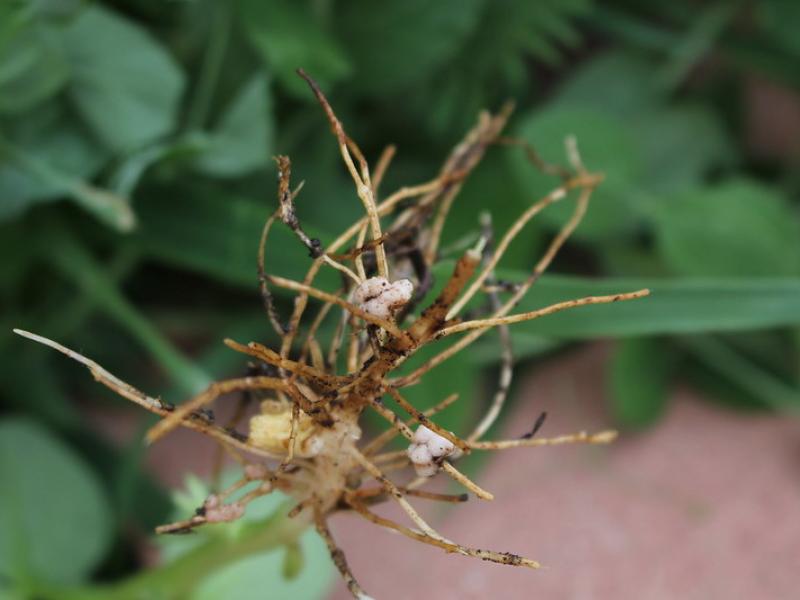Novel nitrogen-fixing crops

Description of the innovative solution
Synthetic nitrogen fertilizers have been helping feed the world since the mid 20th century. While some farmers still use manure to fertilize their crops, synthetic nitrogen fertilizers are much more efficient and allow for the large-scale production that is needed for the global population. The Haber bosch process which produces these fertilizers uses a lot of energy. Synthetic nitrogen fertilizers also lead to a lot of nutrient pollution in aquatic ecosystems. Despite the effectiveness of synthetic nitrogen fertilizers in helping ramp up global food production since the mid-20th century, it...
Synthetic nitrogen fertilizers have been helping feed the world since the mid 20th century. While some farmers still use manure to fertilize their crops, synthetic nitrogen fertilizers are much more efficient and allow for the large-scale production that is needed for the global population. The Haber bosch process which produces these fertilizers uses a lot of energy. Synthetic nitrogen fertilizers also lead to a lot of nutrient pollution in aquatic ecosystems. Despite the effectiveness of synthetic nitrogen fertilizers in helping ramp up global food production since the mid-20th century, it is clear that their continued use is not sustainable. Novel nitrogen-fixing crops provide us with an opportunity to move away from using these synthetic fertilizers. Scientists are working to create nitrogen-fixing crops. They hope to use the genes from mycorrhiza bacteria that fix nitrogen and transfer this suite of genes into the mitochondria and chloroplasts of crops. This promising technology could greatly help us in combating a myriad of challenges caused by synthetic nitrogen fertilizers without reducing food security (and possibly even improving it). While novel nitrogen-fixing crops hold great potential for climate mitigation and ecological restoration, they will only be effective in doing these things if the technology is made widely available. A clear policy that leads to widespread implementation of nitrogen-fixing crops will be needed to ensure that these crops can be a successful food system solution.
Examples and additional resources
Real-world examples
See this solution in action in different contexts and settings around the world
N2Africa: Putting nitrogen fixation to work
N2Africa: Putting nitrogen fixation to work
N2Africa: Putting nitrogen fixation to work
N2Africa: Putting nitrogen fixation to work
N2Africa: Putting nitrogen fixation to work
N2Africa: Putting nitrogen fixation to work
N2Africa: Putting nitrogen fixation to work
N2Africa: Putting nitrogen fixation to work
N2Africa: Putting nitrogen fixation to work
N2Africa: Putting nitrogen fixation to work
Additional resources
Learn more about this solution through studies, articles, business cases, and other information
Keeping the nitrogen-fixation dream alive
Future Prospects for Cereals That Fix Nitrogen
Too much of a good thing
Contacts
Connect to others working on and with this solution around the world
Pathways to uptake
Engage with our “backcasting tool” to imagine and design “pathways to uptake” for this solution in your setting.
This process involves defining a future vision of this solution being used in your context, and then working “backwards” to identify necessary steps to achieve this vision by 2030. Going through this exercise as an individual or with a team can help to clarify the WHAT/WHEN/HOW of moving a solution (or package of solutions) towards having major impact. We hope these pathways will inspire outside-of-the-box thinking, creative approaches, and actionable concrete steps to move ideas into action.
Pathway builder
Explore pathways for this solution
Be the first one and add a pathway for this solution!